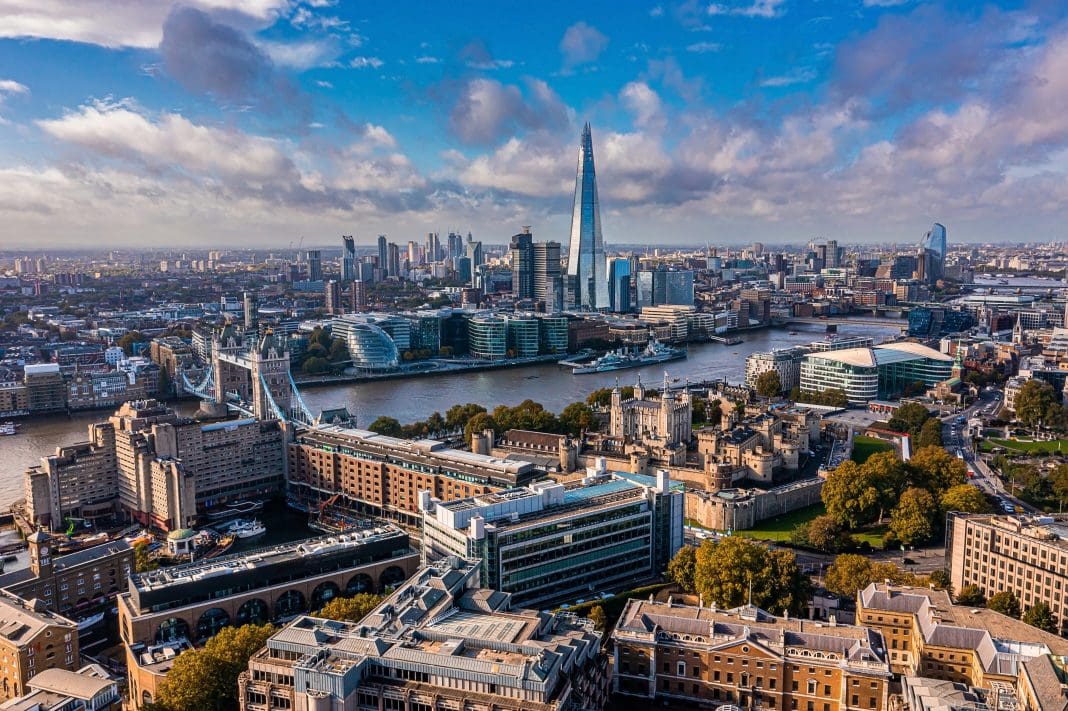UCL research says white painted or reflectively coated ‘cool roofs’ are best for cooling London homes during summer heatwaves
The paper, titled Cool Roofs Could Be Most Effective at Reducing Outdoor Urban Temperatures in London (United Kingdom) Compared With Other Roof Top and Vegetation Interventions: A Mesoscale Urban Climate Modeling Study, considered cooling methods such as having vegetation on the roof, air conditioning units within buildings, and solar panels.
Most methods have drawbacks as well as benefits
Air conditioning units within London, while effective at providing a cooler atmosphere within the building, had a major drawback.
The drawback to this is the combined effects of mass air conditioning in London, due to extracting warmer air from inside the building and pushing it outside, means that the outside temperature of London city centre could raise by as much as 1°C.
While this may seem small, it would be contributing more heat to an already potentially dangerous temperature in a heatwave.
Other methods, including both ‘green roofs’ and extensive ground-level vegetation were found to have mixed net-results. Green roofs would prevent some heat from entering during the day, but would also prevent the day’s heat from escaping at night.
Ground level vegetation was found to have mixed results, only offering a temperature difference of around 0.5°C at most, but with an average of 0.3°C.
It is important to note that these green methods did offer side benefits to issues such as insect population and air quality, but purely in terms of cooling homes, they did not offer enough.
Sometimes the simple solutions are the best
The research showed that reflective coatings or white-painted roofs, called ‘cool roofs’ within the research, was the most effective option.
This method had an average home cooling effect of 1.2°C, even going up to 2°C in some areas.
Lead author of the research, Dr Oscar Brousse (UCL Bartlett School Environment, Energy & Resources) said: “We comprehensively tested multiple methods that cities like London could use to adapt to and mitigate warming temperatures, and found that cool roofs were the best way to keep temperatures down during extremely hot summer days.
“Other methods had various important side benefits, but none were able to reduce outdoor urban heat to nearly the same level.”














